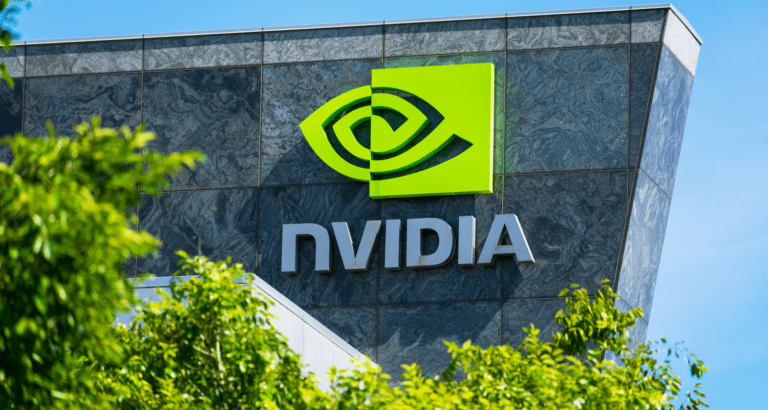The chipmaker has released a research paper that adds a layer of AI to existing research findings.
This week Reuters reported that Nvidia, which claims to be the “world leader in artificial intelligence computing“, released a paper showing how AI could be used to improve chip designs.
The chip design process involves “deciding where to place tens of billions of tiny on-off switches called transistors on a piece of silicon to create working chips”. Moreover, it says the placement of such transistors has “a big impact on the chip’s cost, speed and power consumption”.
Building on existing research
Nvidia engineers currently use highly specialised chip design software platforms from firms like Synopsys, Cadence Design Systems and Mentor Graphics to help optimise the transistors’ placement. Nvidia released a paper showing that it could use a combination of AI techniques to determine how better to place big groups of transistors on the silicon. This report comes on a surprising moment since a Google research is being questioned that claimed AI could offer better chip designs than humans.
The Nvidia research uses as its base a set of findings developed by University of Texas researchers, who used what they called reinforcement learning. The Nvidia researchers took the UT work and “added a second layer of artificial intelligence on top of it to get even better results”, the article says.
“Moore’s Law” no longer applies
Nvidia chief scientist Bill Dally states that this new research work is essential because chip manufacturing improvements are slowing. Moreover, the cost of transistors in new generations of chip manufacturing technology is now higher than in previous generations.
That trend goes against the famous prediction by Intel co-founder Gordon Moore that chips would always get cheaper and faster. Indeed, “Moore’s Law” states that the number of transistors on a microchip doubles every two years, and claims that we can expect the speed and capability of our computers to increase every two years because of this, even while we pay less for them.
Dally, however, asserted that Moore’s Law no longer applies. “You’re no longer actually getting an economy from that scaling”. “To continue to move forward and to deliver more value to customers, we can’t get it from cheaper transistors. We have to get it by being more clever on the design.”
